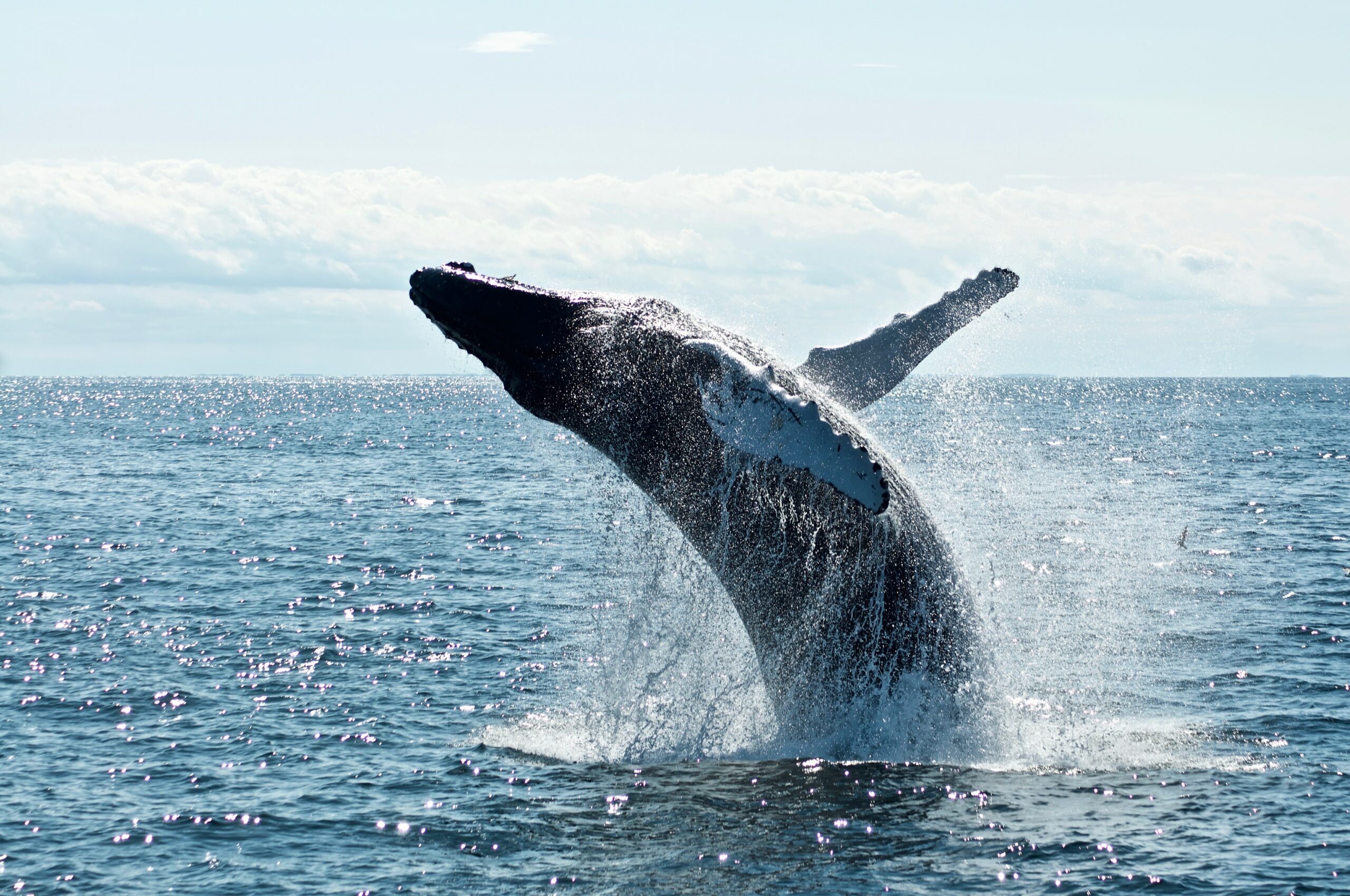The largest animal in the ocean, and indeed the largest animal on Earth, is the blue whale (Balaenoptera musculus). Blue whales can reach lengths of up to 100 feet (30 meters) or more and weigh as much as 200 tons. These colossal marine mammals are filter feeders, primarily consuming tiny organisms like krill and small fish.
About Sea animals
Types of Sea Animals
- Fish: There are thousands of species of fish in the ocean, from tiny reef fish to large predators like sharks and tunas.
- Mammals: Marine mammals include whales, dolphins, seals, sea lions, and manatees.
- Invertebrates: This category comprises a vast array of animals without backbones, such as corals, jellyfish, crabs, and various species of mollusks.
- Reptiles: Marine reptiles like sea turtles, saltwater crocodiles, and some species of snakes inhabit coastal and oceanic environments.
- Birds: Numerous bird species, including seagulls and albatrosses, rely on the ocean for feeding and nesting.
- Cephalopods: Squid, octopuses, and cuttlefish are examples of highly intelligent and adaptable ocean-dwelling invertebrates.
- Crustaceans: Shrimp, lobsters, and crabs are important members of marine ecosystems.
It’s important to note that the marine environment varies from the sunlit surface waters to the pitch-black depths of the deep sea, and each habitat supports distinct forms of life. This incredible biodiversity makes the ocean a vital and fascinating part of our planet.
Keep in mind that the ocean hosts an incredible diversity of life, ranging from the smallest microscopic plankton to the largest whales, making it a complex and dynamic ecosystem.
Types of Sea animals
Dolphins
Dolphins are highly intelligent marine mammals known for their playful behavior, acrobatic skills, echolocation abilities, complex social structures, and widespread presence in global oceans.
Read MoreCrabs
Crabs are crustaceans with a hard exoskeleton, two prominent claws, short, stalked eyes, and a tendency to scuttle sideways, inhabiting aquatic and terrestrial environments.
Read MoreEels
Eels are elongated, snake-like fish with smooth, slimy bodies, small scales, & sharp teeth. Some species have the ability to generate electric shocks. Eels are found globally.
Read MoreFish
Fish are aquatic, gilled animals with fins, diverse in size and shape, living in various water bodies, ranging from deep oceans to streams & lakes. Some fish are used as pets or garden ponds.
Read MoreLobsters
Lobsters are large marine crustaceans with a hard protective exoskeleton, two large claws, antennae, and a segmented body, and they are often considered a delicacy in cuisine.
Read MoreOctopuses
Octopuses are highly intelligent, soft-bodied mollusks with eight flexible arms, known for their camouflage ability, ink defense, and problem-solving skills in marine environments.
Read MoreSharks
Sharks are apex predators found in oceans, known for their streamlined bodies, sharp teeth, cartilaginous skeletons, & some species' ability to detect electric fields.
Read MoreSquids
Squids are fast-swimming cephalopods with elongated bodies, large eyes, eight arms, two tentacles, and the ability to squirt ink as a defense mechanism.
Read MoreWhales
Whales are large marine mammals, ranging from the small dwarf sperm whale to the enormous blue whale, known for their intelligence and complex vocalizations.
Read MoreFAQ’s
1. What is the largest animal in the ocean?
2. What is the smallest animal in the ocean?
The title of the smallest animal in the ocean is a bit more challenging to pin down because the ocean is home to countless microscopic organisms. However, one contender for the title is a type of plankton known as the marine copepod. These tiny crustaceans can measure just a few millimeters in length. They play a crucial role in marine food chains, serving as a food source for many other ocean-dwelling creatures.
3. What is the fastest animal in the ocean?
The sailfish (Istiophorus platypterus) holds the title for the fastest swimmer in the ocean. These predatory fish are known for their incredible speed and agility. They can swim at speeds of up to 68 miles per hour (110 kilometers per hour).
Sailfish are often found in warmer ocean waters and are known for their distinctive sail-like dorsal fin and their long, pointed bills. Their remarkable speed helps them chase down schools of smaller fish, which they use for food.
4. What is the most dangerous animal in the ocean?
The title of “most dangerous animal in the ocean” is subjective and can vary depending on different factors such as location and context. However, some of the ocean’s most dangerous animals include:
- Box Jellyfish: Found in the waters of the Indo-Pacific region, the box jellyfish is considered one of the most venomous creatures in the ocean. Their tentacles contain toxins that can be lethal to humans.
- Great White Shark: Great white sharks are apex predators and have been involved in attacks on humans, although such incidents are relatively rare.
- Saltwater Crocodile: While not exclusive to the ocean, saltwater crocodiles are often found in estuaries and coastal waters. They are responsible for more attacks on humans than any other crocodile species.
- Blue-Ringed Octopus: Despite its small size, the blue-ringed octopus is highly venomous, and its bite can be lethal to humans if not treated promptly.
- Stonefish: These well-camouflaged fish have spines on their back that deliver a potent venom when stepped on, causing severe pain and sometimes death if not treated.
It’s important to note that many marine animals are not inherently dangerous to humans and only become threats when they feel threatened or provoked. Swimmers and divers are generally advised to be cautious and aware of their surroundings when in the ocean to minimize potential risks.






























































